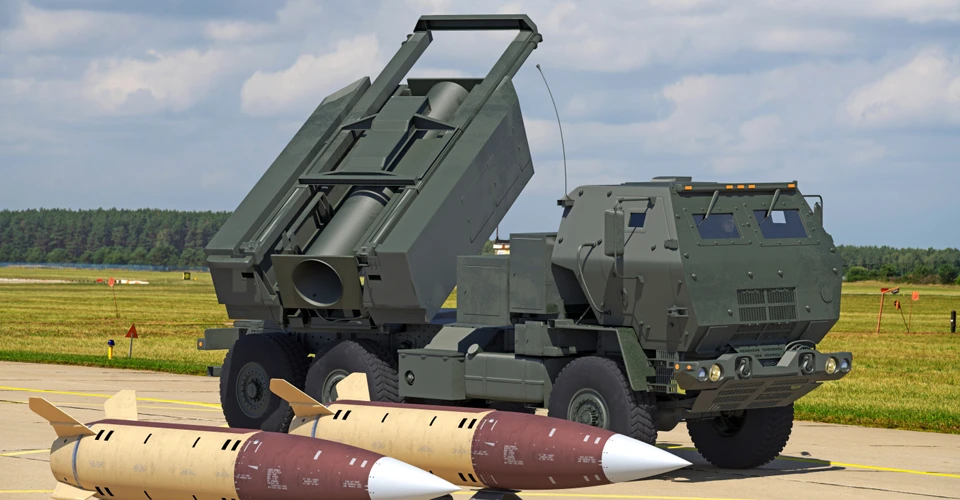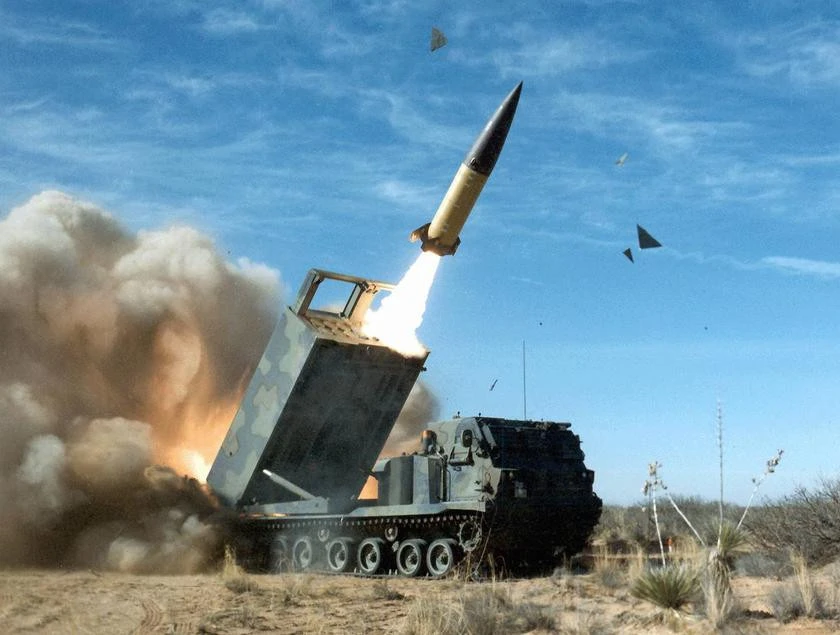
Long arm for HIMARS and M270: ATACMS missile and new ranges with ER GMLRS and PrSM
The Ukrainian military is using HIMARS and M270 missile systems to fire at a distance of 80 km, but these weapons have even greater potential
The long-range missile systems in the hands of the Ukrainian military are now a strong weapon against the Russian army. However, despite the effective use of modern weapons by the Ukrainian Armed Forces, the United States has not yet made an important decision regarding the transfer of ATACMS tactical missiles to Ukraine. These missiles would enable the Ukrainian Armed Forces to destroy targets up to 300 km away.
For reference:
On June 10, members from both political parties in the US Congress introduced a resolution urging President Joe Biden to transfer ATACMS to Ukraine. On June 21, the US House Foreign Affairs Committee endorsed a resolution calling for the immediate provision of ATACMS to Ukraine. According to The Wall Street Journal, the United States is nearing a decision to provide Ukraine with ATACMS long-range tactical missile systems.
Meanwhile, the United States is currently developing and testing new missiles for its M142 HIMARS and M270 MLRS systems. These new missiles will replace GMLRS and ATACMS in the future, and significantly increase the range of these systems by several hundred kilometers.
The ATACMS missile is a powerful weapon that can be used to counter the Russian army more effectively
The Army Tactical Missile System or ATACMS is an American tactical surface-to-surface ballistic missile manufactured by Lockheed Martin and designed for use with the M142 HIMARS and M270 MLRS missile systems and other modifications. As of today, the US Army uses a total of five modifications of ATACMS missiles. The first is the ATACMS Block I missile, also known as the MGM-140 or MGM-140A, which entered service as early as 1991 and is currently the "oldest" missile in the M142 and M270 fleet.

The range of ATACMS Block I is quite short compared to others — only 165 km. It has an inertial guidance system. The probable deviation from the target is as much as 225-250 m, but here it is worth noting that the cluster warhead of this missile allows you to cover large areas: it has 950 M74 submunitions, and each of them "disperses" about 15 square meters.
The second modification is ATACMS Block IA (MGM-140B), which entered service seven years after ATACMS Block I — in 1998. It has a longer range of 300 km but a smaller warhead with 275 submunitions. It uses a combination of inertial and GPS navigation. The M142 HIMARS launcher can be equipped with one ATACMS missile.
The third version, known as ATACMS Block IVA, or Block IA Unitary, is one of the most advanced missiles. It has a unitary warhead, a range of 300 km, and a combined guidance system. In 2004-2005, it was modernized — it received new software, an improved guidance system and the "option" to hit targets with an overhead strike. First of all, this missile is used to target enemy bunkers and fortifications.

The fourth version, ATACMS-P, was developed for the US Navy. It has a penetrating warhead and is effective against fortified or buried targets. Its range is 220 km.
Finally, the fifth version is the M57A1. It was upgraded with new electronics and unitary warheads in 2016, extending its service life by 20 years, which is almost comparable to the production of a new missile. It has a range of 300 km to 450 km, making it a versatile missile.
New ranges: replacing GMLRS and ATACMS
Lockheed Martin is developing new missiles for the M142 HIMARS and M270 MLRS. They are working on a modernized version of the Extended Range Guided Multiple Launch Rocket System (ER GMLRS) with a longer range of 150 km. This new missile will replace the standard M30 and M31 missiles, which have a range of 70-90 km.
The ER GMLRS will come in two versions: one with a single warhead and another with tungsten balls. Compared to the previous version, it will have a slightly larger engine, tail, and modified body.
Testing of the ER GMLRS has already begun, with the first successful flight taking place in March 2021. Serial production is scheduled to start in 2023. Finland has become the first foreign customer for this missile, as they ordered it in 2022 to complement their existing M270 launchers.

The second development is the Precision Strike Missile (PrSM), which will replace the ATACMS in the future. It will be the primary missile for the M142 and M270. The initial range declared by Lockheed Martin for the PrSM is 60 to 499 km, which was limited by the Treaty on the Elimination of Medium and Short-Range Missiles with Russia. However, this treaty was terminated in 2019.
Lockheed Martin is working to increase the range of the PrSM, and tests in 2021 have already achieved a range of over 500 km. Open sources suggest that the developer aims to reach a range of 650 km or even an impressive 1000 km.
Despite its long range, the PrSM will have compact dimensions. This means that two missiles can be carried in a standard HIMARS launcher, whereas only one ATACMS missile could be carried before. The same applies to the M270 launcher, where four PrSM missiles can be loaded compared to two ATACMS missiles.
Due to their small size, these missiles can also be deployed in large numbers on small ships. Lockheed Martin plans to create an anti-ship version of this long-range missile in the future.
- News













































